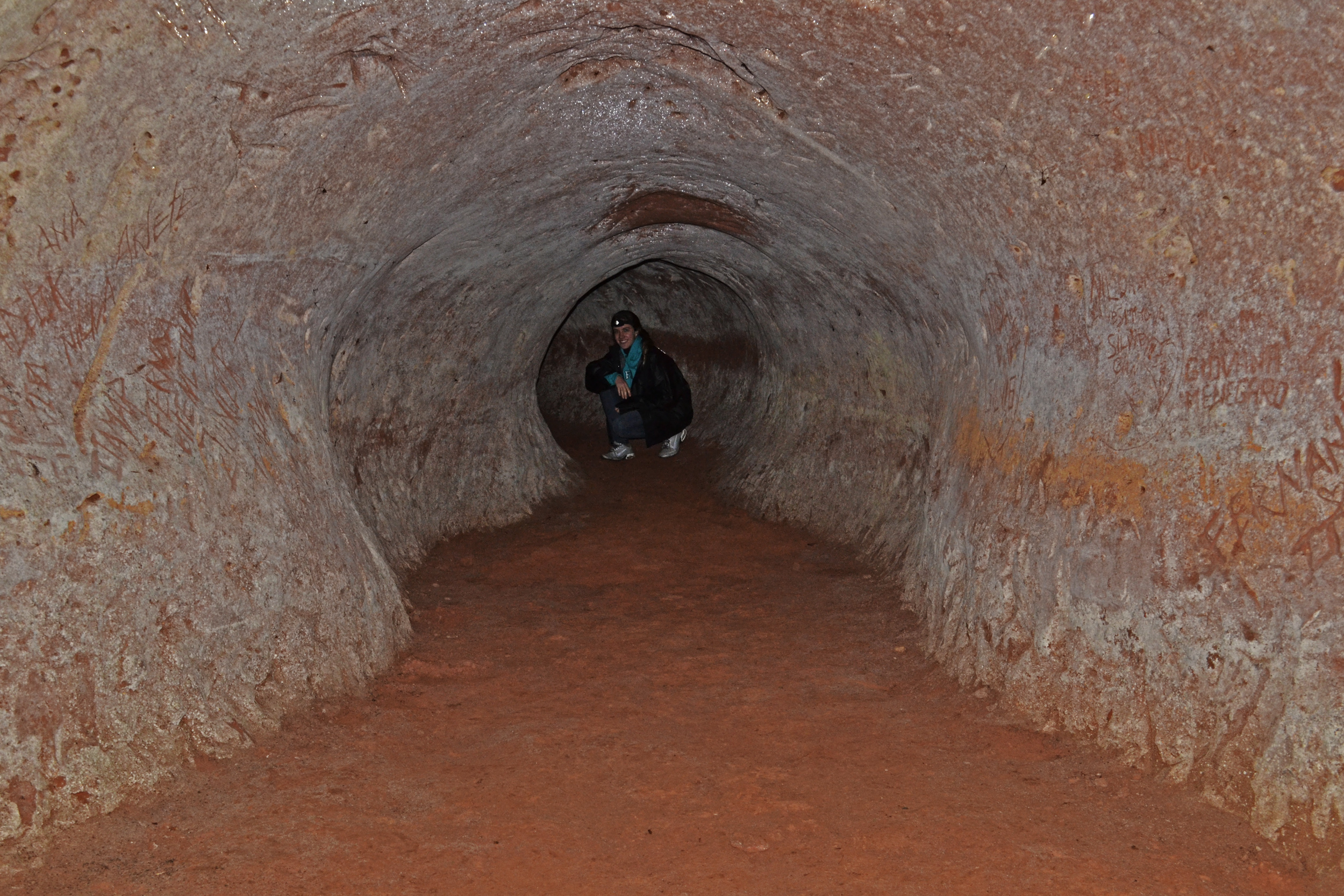Here's one of the ground sloth caves. I'm amazed they still exist so many thousands of years later!

Here's one of the ground sloth caves. I'm amazed they still exist so many thousands of years later!

Thanks!
I post here all the time, so if you want me to mod here, that would make sense.
That is not the world's first televised image. That appears to be some video recovered from Logie Baird's Phonovision system, but Baird's television preceded it by a few years.
Much appreciated.
OT: did you see this post I made? I would love to know your thoughts. https://mander.xyz/post/1122359
Good to know. I'll keep that knowledge close at hand.
There's a definite balance here- how to provide modern services to hard-to-reach places and how to make sure we can do good science. I'm not sure what the answer is when it comes to internet and rural areas, but internet is pretty much required in the modern world, at least in the West, and if you don't have it at home, that can make your life much more difficult.
So what is someone living out in the woods to do without a service like Starlink? And what is someone in the Third World who wants to better their life to do in the same situation? I don't have the answer, I wish I did.
I hope we can make mars a “national park” so we don’t screw with it too much.
Unfortunately, I think it's much more likely that we will exploit it for any resources we can.
There's an article about it in the New York Times which apparently goes into much more detail, but I don't have a subscription- https://www.nytimes.com/2023/07/10/science/silence-sound-hear.html
It is excerpted in this Slashdot post, however, and that may give you enough information to understand it better: https://science.slashdot.org/story/23/07/10/2343221/silence-is-a-sound-you-hear-study-suggests
To sum up, it's not about total silence, it's about perceiving gaps in louder sounds as "sound" rather than the lack of sound.
I'm guessing it was from a combination of the pipe being made of rough clay and the person grinding their teeth against the pipe, maybe while talking.
It looks like it's the "Miss Poundsford" recording. http://www.tvdawn.com/earliest-tv/phonovision-experiments-1927-28/the-recovered-images/
Also, I was off when I said 'a few years.' Phonovision was developed about a year after Baird invented the television.